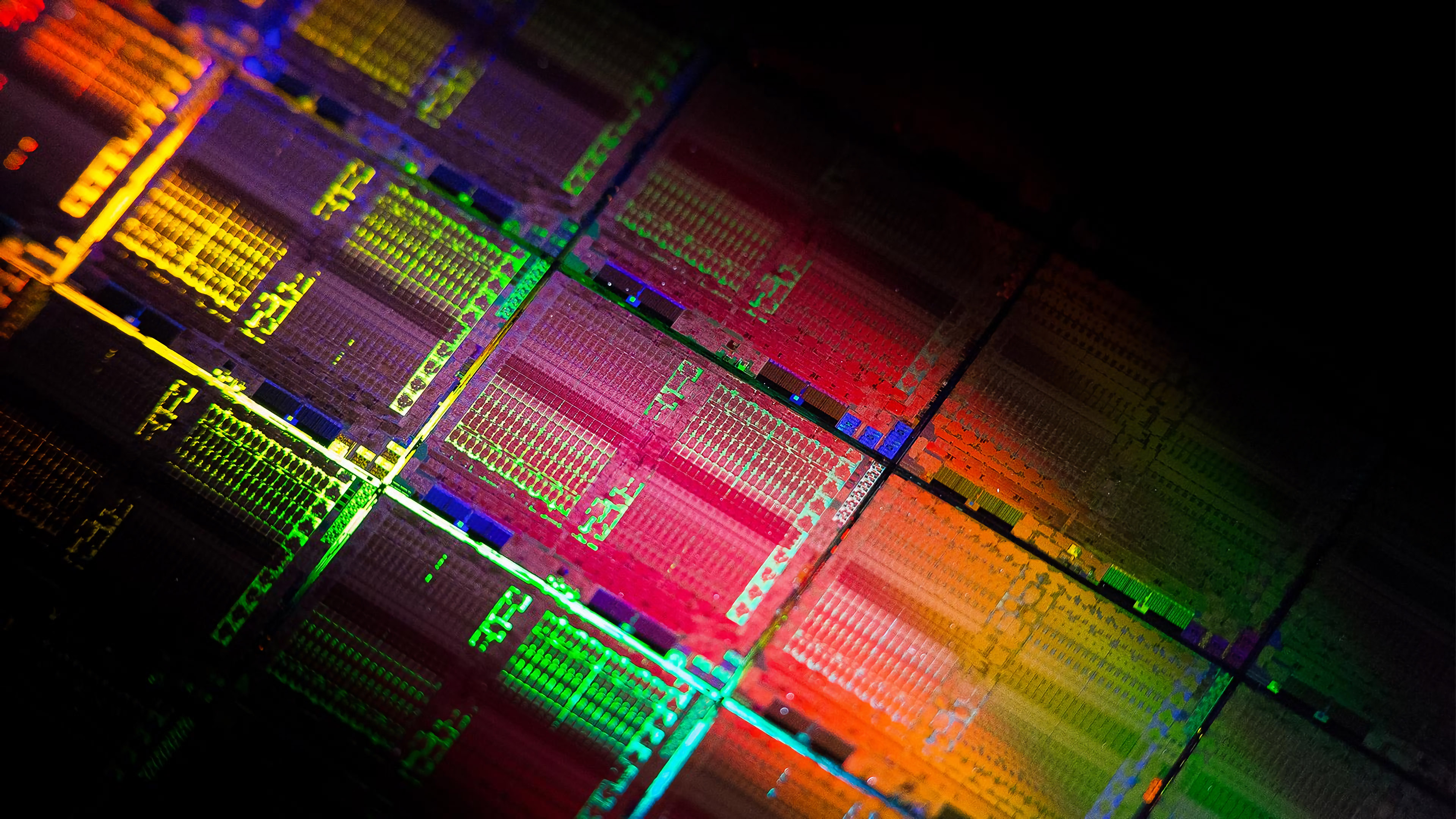You are using an out of date browser. It may not display this or other websites correctly.
You should upgrade or use an alternative browser.
You should upgrade or use an alternative browser.
AMD Vega 10, Vega 11, Vega 12 and Vega 20 Rumors and Discussion
D
Deleted member 13524
Guest
Boost clock on LC version is 1677Mhz. Either round up or you can assume consumers can overclock a mere 23Mhz.
I doubt the slide refers to overclockable values because both Fiji and Polaris can reach above 1Ghz and 1.3GHz, respectively.
Question is does the 1650MHz "achievable threshold" refer to the LC version only, or all versions?
Boost clock has changed for RX Vega. It's no longer the maximum clockspeed of the chip. AMD's boost number is now closer to NVIDIA's in that it's a guarantee, but a chip is allowed to go higher if it can.Boost clock on LC version is 1677Mhz. Either round up or you can assume consumers can overclock a mere 23Mhz.
All I'm saying is that the liquid cooled version lists an official boost clock of 1677Mhz. So saying Vega can reach ~1.7Ghz is perfectly valid. The air Vega 64 boost is 1546Mhz.I doubt the slide refers to overclockable values because both Fiji and Polaris can reach above 1Ghz and 1.3GHz, respectively.
Question is does the 1650MHz "achievable threshold" refer to the LC version only, or all versions?
https://sapphirenation.net/sapphire-radeon-vega/
The boost clocks listed by AMD are DPM6, unlike with Vega FE where they were DPM7. Sapphire lists DPM7 for air and liquid RX as 1630 and 1750, respectively.
DPM6 and 7 on FE were 1528 and 1600, for reference.
The boost clocks listed by AMD are DPM6, unlike with Vega FE where they were DPM7. Sapphire lists DPM7 for air and liquid RX as 1630 and 1750, respectively.
DPM6 and 7 on FE were 1528 and 1600, for reference.
I just realized that DPM7 on the liquid RX is higher than what both GN and Buildzoid managed. GN maxed out at 1.7GHz, while Buildzoid somewhere under that.
Maybe FE had adaptive clocking disabled. In the Polaris whitepaper they said it gained them 140MHz to core clock, and FE DPM7 to RX Vega DPM7 is a 150MHz increase.
Maybe FE had adaptive clocking disabled. In the Polaris whitepaper they said it gained them 140MHz to core clock, and FE DPM7 to RX Vega DPM7 is a 150MHz increase.
I imagine DPM7 in RX Vega, like with FE, won't happen often if at all at stock config due to power limit.We have no idea if these DPM7 clocks are achievable or in particular sustainable in real world use though. Does Nvidia list any kind of max clock for their GPUs above what they list as Boost?
digitalwanderer
Legend
Whoops, too late. Replied to a post that's ancient by now, sorries.
Don't know why anyone thought they wouldn't be... AMD's huge compute and memory bandwidth advantage over Nvidia makes them amazing miners.
digitalwanderer
Legend
Insert a whole lot of colourful and total inappropriate language for civilized company to hear!
Damn it.
Don't know why anyone thought they wouldn't be... AMD's huge compute and memory bandwidth advantage over Nvidia makes them amazing miners.
That didn't necessarily help as much with Ethereum where Nvidia wasn't too far behind. Fury and the 1080 weren't able to stretch their legs relative to their cheaper brethren using GDDR5, so there was some suspicion about the latency of the subsystems using HBM and GDDR5X.
It seems AMD may have been able to tweak whatever that miner was sensitive to.
AMD even explicitly calls out a ISA changes as being useful to cryptocurrency, so there would be some expectation of an improvement even if CU efficient wasn't the limiter. One of my ideas for leveraging/controlling mining was to add ISA shortcuts, then throttling unless paying for a mining card.
well a 56 cu card now sounds like a good idea at $400 . Will grab one and can hopefully make my money back quickly on it maybe some extra for the weddingInsert a whole lot of colourful and total inappropriate language for civilized company to hear!
Damn it.
Yeah, I call BS on that. Even with new instructions....
FP16?
That's what I'm hoping AMD is doing. This would allow them to reap the rewards of having strong mining cards, without hurting their gaming target market.AMD even explicitly calls out a ISA changes as being useful to cryptocurrency, so there would be some expectation of an improvement even if CU efficient wasn't the limiter. One of my ideas for leveraging/controlling mining was to add ISA shortcuts, then throttling unless paying for a mining card.

